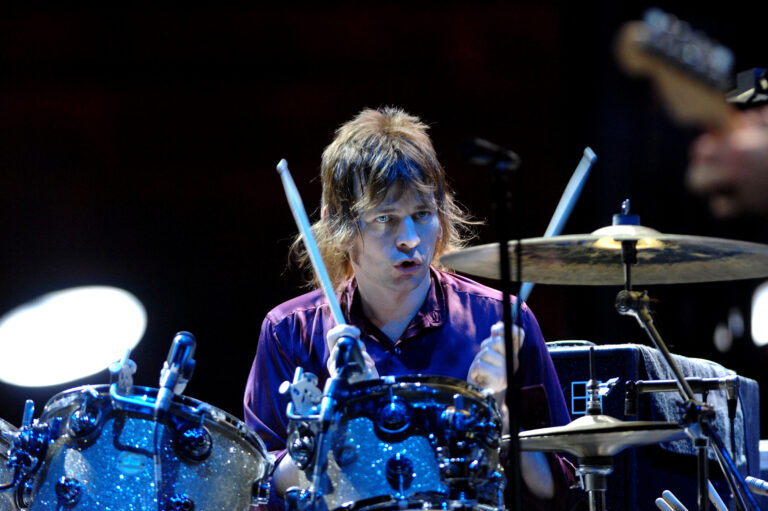
Pete Townshend on Farewell Tours and Why He Smashed Guitars

Pete Townshend has never been shy about puncturing rock-mythology—especially his own. In fresh comments tied to The Who’s current “The Song Is Over” North American Farewell Tour, he joked that the band has been “willing to swindle” fans with multiple farewells over the decades. It’s a self-aware wink at a career that’s included more than one goodbye—and it lands differently in 2025, with the tour already underway and a firm end date on the calendar.
“Swindling the public,” or just telling the truth about show business?
In a new interview highlighted by People, Townshend, 80, quipped that The Who has been “swindling the public” for years when it comes to farewell tours—then immediately framed the line as part gallows humor, part candor about the economics and emotions of legacy acts. He also looked back on the group’s first “farewell” in 1982 as a mistake born of personal turmoil and uncertainty about the band’s identity after It’s Hard. The acknowledgment functions less like a confession and more like an admission that farewells can be as iterative as the audiences that keep showing up.
The tour context: this one really does have an end
Unlike some previous goodbyes, the current run is fully mapped: it launched August 16 in Sunrise, Florida, and is scheduled to wrap September 28 at MGM Grand Garden Arena in Las Vegas. The official announcement and routing make clear this is a North American farewell—one last face-to-face celebration with U.S. and Canadian fans. (The tour has already weathered at least one hiccup with a postponed Philadelphia stop, underscoring both the stakes and fragility of “last time” promises at this stage.)
The other Townshend myth: smashing guitars
On the same news cycle, Townshend revisited the origins of his infamous instrument-destruction. In a newly published piece, he suggests those early rituals sprang from teenage resentment—specifically, feeling dismissed by his musician father and being saddled with a beater guitar that symbolized that lack of belief. It’s a powerful reframing: the violence wasn’t only theater; it was autobiography—anger, class anxiety, and performance art colliding in a single swing.
Long before the psychoanalysis, there was also simple necessity and showmanship. Townshend has said that in the early days he might smash the same guitar and then repair it repeatedly because he only had one—more factory glue than factory warranty. And the very first “smash” moment traces back to a cramped 1964 gig where a low ceiling clipped his guitar headstock; the crowd’s reaction turned accident into act, and act into icon.
Two rituals, one through-line
Put together, Townshend’s farewell-tour wink and his renewed candor about smashing guitars tell a consistent story. Both are rituals that toe the line between authenticity and performance: an artist who understands the transaction of spectacle, but also keeps interrogating the emotions underneath it. If the “swindle” line makes fans laugh, it also invites them to look at the scaffolding of rock fame—how endings are staged, and how legends are made. And if guitar-smashing once read as pure provocation, today it reads as origin-story: a young artist demanding to be taken seriously, even if it meant destroying the symbol that had once made him feel small.
As this farewell run winds toward its finale, Townshend’s honesty feels like the point. He’s letting fans in on the joke—and the truth—one last time.
Key Takeaways
Related Stories
Brian May Shares 50-Year-Old Queen Track as Holiday Surprise
Fans of Queen received an unexpected present this holiday season when guitarist Brian May broadcast a song that had been…
David Gilmour Celebrates as Pink Floyd’s ‘Wish You Were Here’ Tops UK Christmas Charts on 50th Anniversary
Legendary 1975 Album Makes History With Record-Breaking Return to Number One Pink Floyd has achieved a remarkable milestone in music…

















